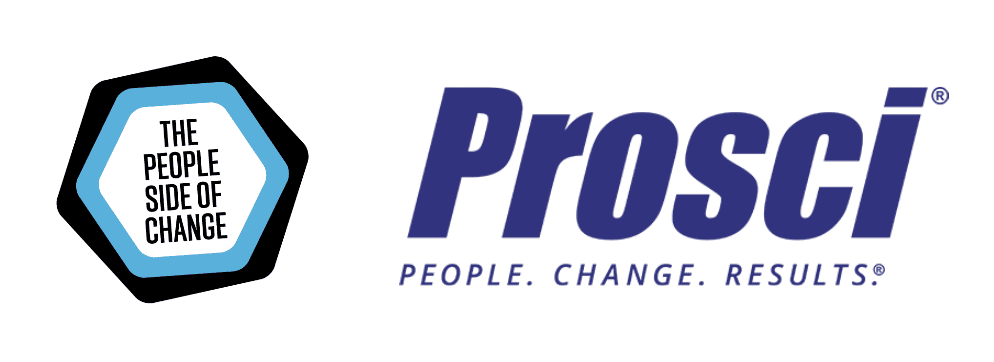Bringing Change Impact Into Focus
Our hope is that this frame—Prosci’s “10 Aspects of Change Impact”—is going to equip you to do that, because then you’ll start to surface those issues that we often miss and are a critical success factor in enabling change. How often are the architects of the latest system deployment in your organization talking about the impact the technology has on the daily lives of Andre, Becky, Carlos and Dhara?
We know that the achievements of the organization are the results of the combined effort of all the individuals that make up that organization. So, if you focus only at the enterprise level when you implement change, you risk losing people along the way. They can stay stuck where they are and never step out of the current state; it’s likely that they will not make that personal transition successfully.
If we can’t get people to the future state and help them stay there, they can regress back to the way they used to do things and we end up with a compromised future state—made up of incomplete individual journeys—and we don’t realize the expected value. Furthermore, we create consternation and resistance. Structured change management provides a way to close the gap to ensure that the future state we envisioned is what we arrive at because we brought each of our employees along on that journey.
The 10 Aspects of Change Impact Model
What is needed is a framework that enables change practitioners to remind, focus, dissect and document the individual’s journey. Prosci addressed this several years ago by introducing the 10 Aspects of Change Impact model.
In creating this model, we took a step back and imagined that we were rolling out a new CRM or ERP, engaged in a post-merger acquisition, or launching a new product, and then considered how it impacts an individual in their job. What are the aspects of how someone shows up each day that your change may or may not impact? That’s where we get the 10 aspects: processes, systems, tools, job roles, critical behaviors, mindsets/attitudes/beliefs, reporting structure, performance reviews, compensation and location.
This is a deceivingly simple but profoundly helpful list of facets present in times of change. Now, your initiative may or may not impact these 10 aspects of how somebody shows up each day in their job. But you won’t know until you start to ask and think about it and define change impact at that individual level.
The other thing that this does right out of the gate is helps us understand that a change impacts different groups differently. A change that impacts one group only marginally might completely disrupt another group within the organization. These 10 aspects and the framework of focusing on change impact at the individual level help us to start to make sense of how change comes to life across our organization.

